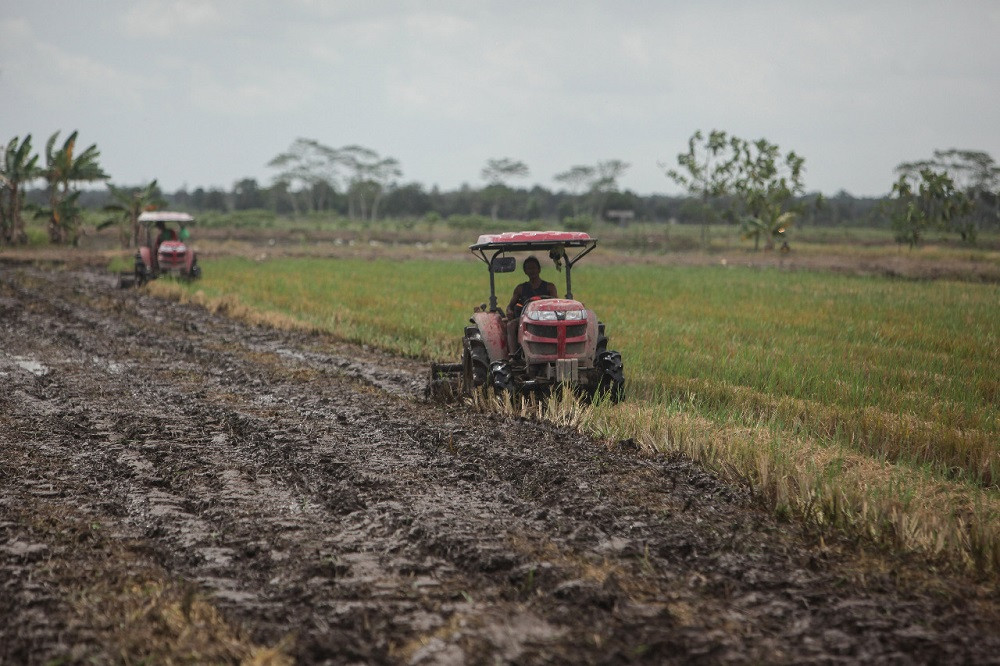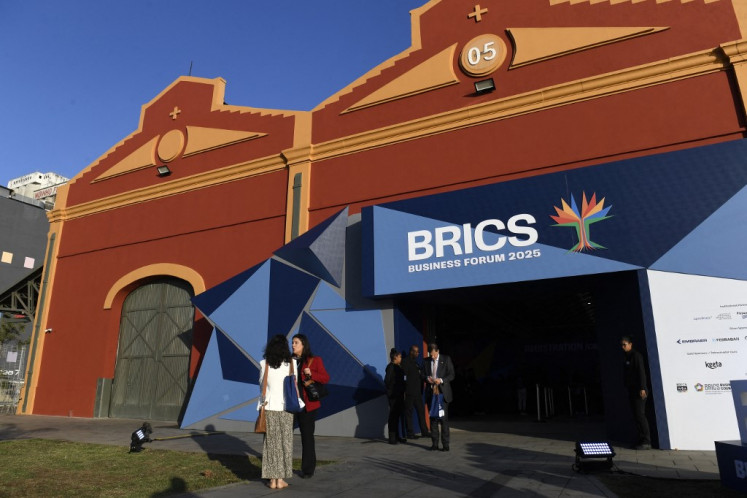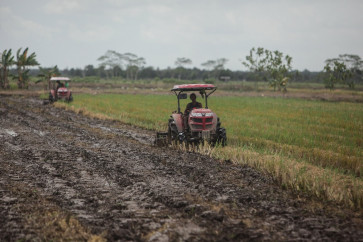Popular Reads
Top Results
Can't find what you're looking for?
View all search resultsPopular Reads
Top Results
Can't find what you're looking for?
View all search resultsOptions for the economy amid pandemic
The linkage between domestic agriculture and the food and beverage manufacturing sectors is essential and timely.
Change text size
Gift Premium Articles
to Anyone
I
n the Global Economic Prospects published in June, the World Bank estimates that the world economy will be shrinking by 5.2 percent. In the second quarter of 2020, the global economy entered a negative growth zone, with China and Vietnam reporting positive growth.
China booked positive economic growth in the second quarter after negative growth in the first quarter of 2020, meaning an escape from recession. In this second quarter, Indonesia also experienced negative economic growth, but together with South Korea, Indonesia’s economic growth was slightly better than others. Every country, including Indonesia, is now struggling to prevent an economic contraction for this year.
Negative economic growth with a lower inflation rate in the second quarter compared to the first one indicates that aggregate demand in Indonesia has decreased more than the aggregate supply. Data from Statistics Indonesia (BPS) on Aug. 5 confirmed that household spending, the largest proportion in aggregate demand, contracted to negative 5.51 percent, which was a little lower than the 5.32 percent negative growth in the economy.
Yet this condition is better than if aggregate supply shock was higher than aggregate demand shock because scarcity in output will raise the inflation rate, reduce real wages, real money and decrease savings.
Keynesian approach-wise, government budget expenditure such as social security must generate a positive spill-over effect on household spending while supporting the supply-side to get ready to adopt the new normal until a vaccine and medicine are developed.
From the aggregate supply side, sectoral data demonstrated that manufacturing and trade, the top three largest economic sizes in Indonesia, experienced a deeper negative economic growth than total economic growth. Nevertheless, agriculture, as the secondlargest economic size, is the opposite, growing around 2.19 percent.
Aggregate demand and aggregate supply are endogenous, of which aggregate supply affects aggregate demand and vice versa.


















